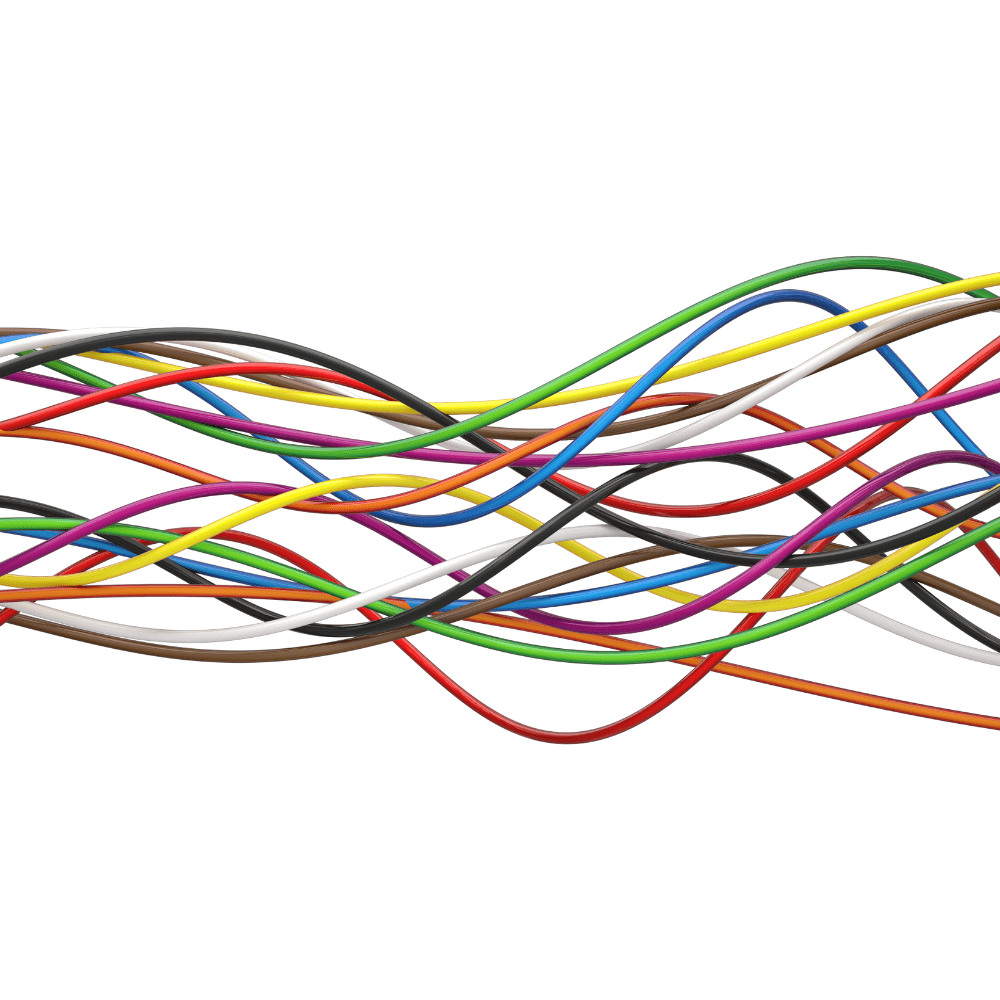How to Convert Three-Phase to a Single-Phase

If you have an electrical structure, there’s a way to alter the possible load. This change can be done when you switch the electrical structure from a three-phrase to a single-phase system.
What Is Single-Phase Power?
The terms three-phase and single-phase both refer to the number of live wires in the circuit, which means a single-phase system has one live wire, while a three-phase system has three.
Single-phase power, which is commonly found in homes throughout the United States, uses a two-wire alternating current circuit. One of those wires is live, and the other one is neutral. The electricity flows back and forth between the two. Three-phase power, which is more commonly found in commercial buildings, also uses an alternating current circuit, but with three to four wires instead.
Single-phase and three-phase power solutions use different voltages. Single-phase power usually requires 120 volts. Three-phrase can also use 120-volt wires for low-power loads, but it relies on about 208 volts for higher loads.
It’s beneficial to convert three-phase power to single-phrase when you don’t need the higher power supply. For example, single-phase is used for low-horsepower units and heating and lighting loads in residences.
How to Convert Three-Phase to Single-Phase Power
There are various methods for converting three-phase power into single-phase. Before getting started, be sure to consider your current balance needs as well as a few safety precautions. Remember, you’re dealing with electricity, so regardless of the method you use, you’ll want to turn off the main breaker, use rubber-handled tools and wear high-voltage rubber gloves.
To convert your system into single-phase, you can:
- Use a neutral wire: While it may not be as accurate as some of the other methods, using a neutral wire and ignoring the other two phases in the three-phase supply line can convert the system. This option works best when a supply is not sensitive and does not require high levels of accuracy.
- Use a three-phase to single-phase converter: A phase converter can be wired directly to whatever motor you’re trying to convert. You’ll first run two wires from the motor to the converter and then from the converter to your power supply. Then, using wires with the ends stripped, you’ll want to attach the inputs to the outputs to convert the system.
- Use the open delta transformer: If you have a more powerful system, applying the open delta transfer will allow you to easily convert it. This solution works best when the system being converted is over 5kVA.
- Use Le-Blanc transformers: Another method for more powerful systems is the Le-Blanc transfer. This system will reliably handle conversions above 5kVA and 400 volts.
Subscribe to Our Global Electronic Services Blog for More Electrical Advice and Solutions
Depending on your electrical structure needs and load requirements, your company may find it worthwhile to follow these steps to convert your system from three-phase to single-phase. For more helpful tips and solutions related to electronics, check out our blog and be sure to subscribe!
